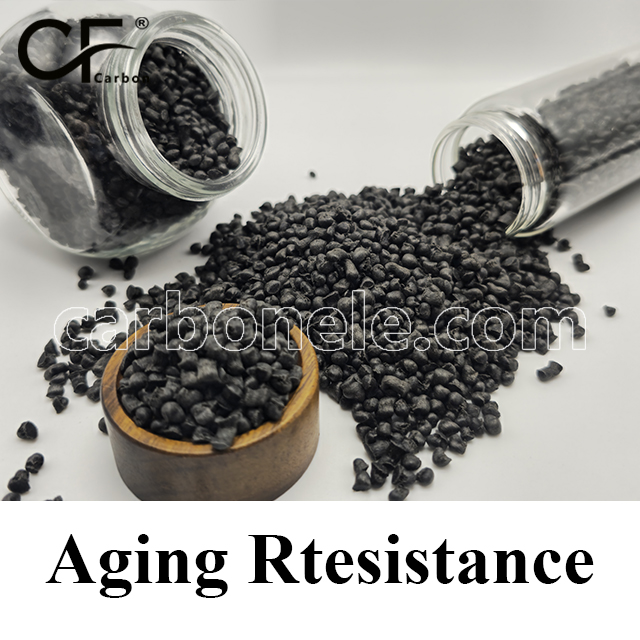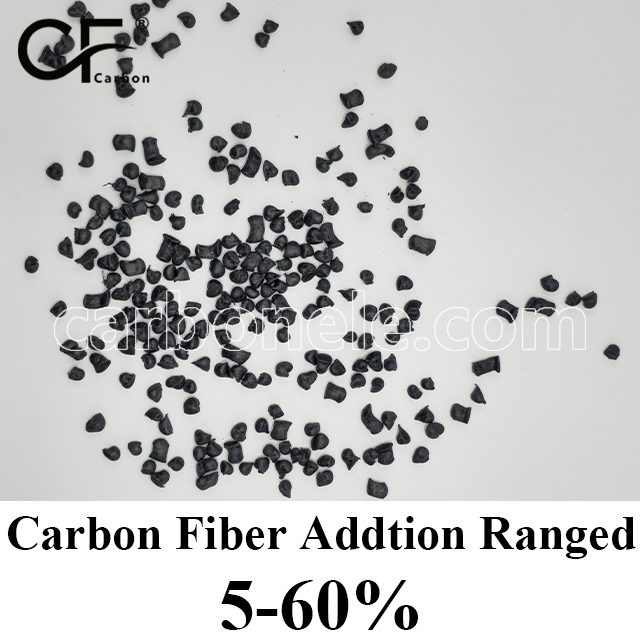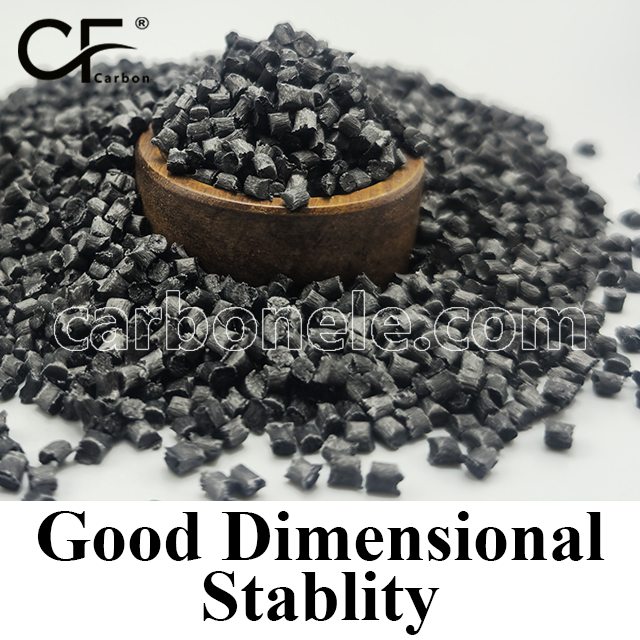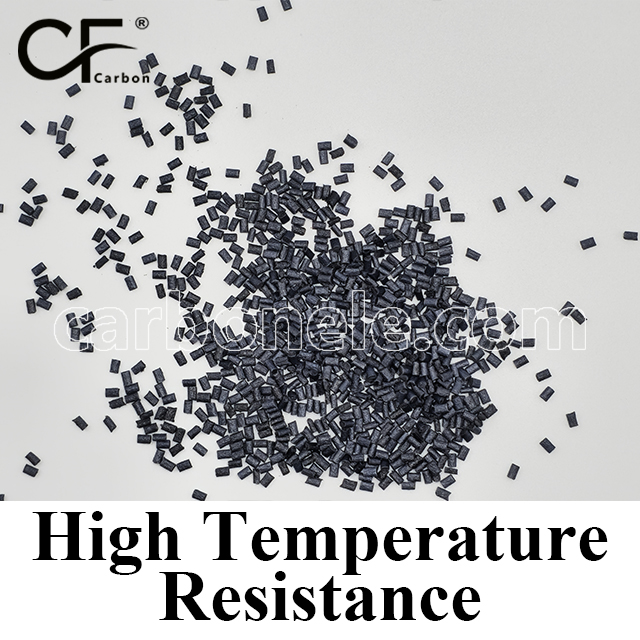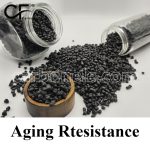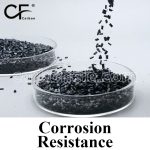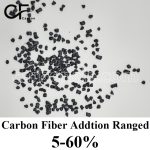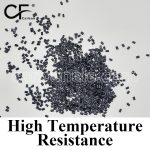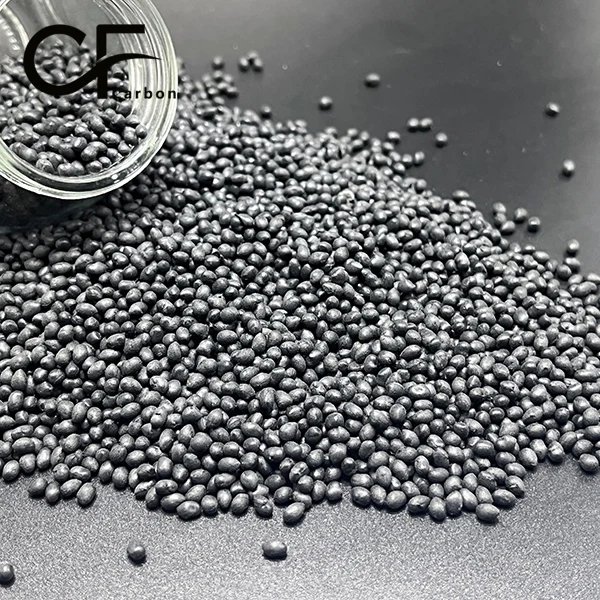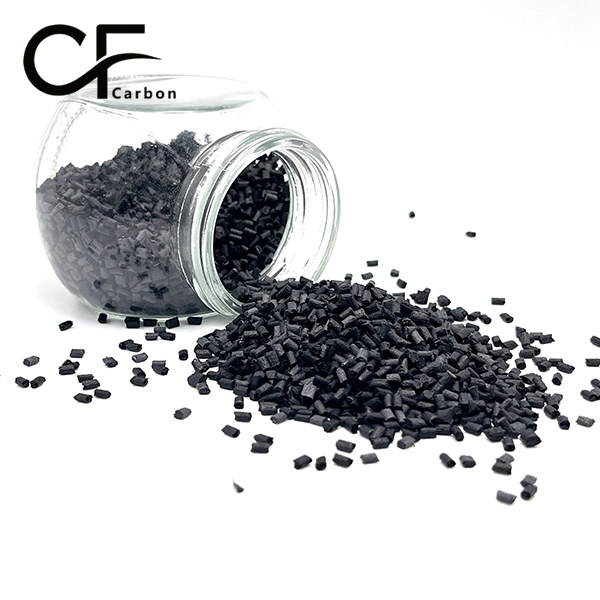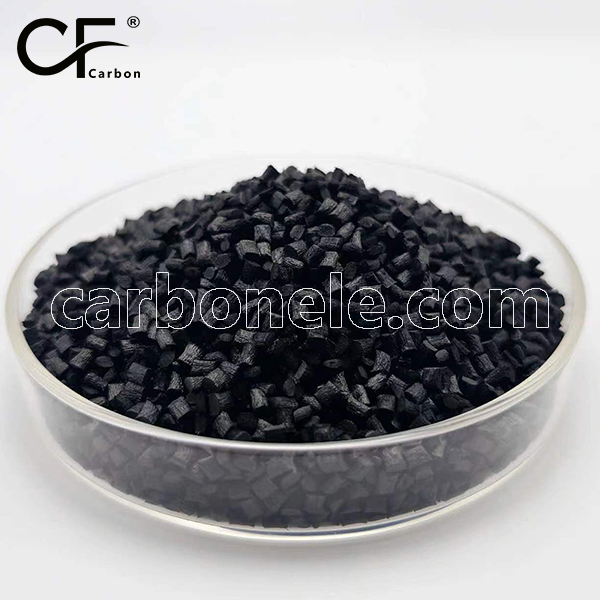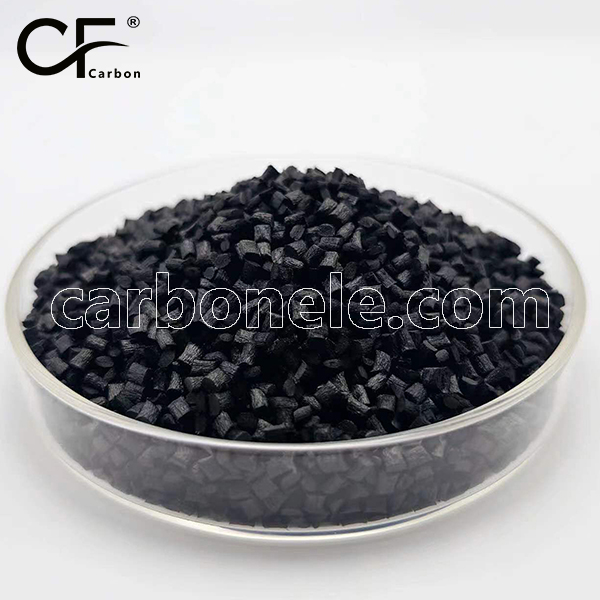PPA-CF10 is a high performance thermoplastic reinforced with 10% short carbon fiber, offering enhanced stiffness, dimensional stability, and heat resistance (up to 210 °C). Ideal for automotive, electronics, and industrial parts, it balances strength, chemical durability, and processability for precision components.

PPA-CF10 Aerospace Grade Parts
- Model number: PPA-CF-BCA1
- Matrix Resin: Personal Package Archive (PPA)
- Reinforcing Filler: Carbon fiber
- Appearance: Granules
- Grade: Injection/extrusion grade
- Packaging: 25kgs/bag
PPA-CF10 | 10% Carbon Fiber Reinforced Polyphthalamide
PPA-CF10 is a high performance, semi crystalline engineering thermoplastic reinforced with 10% short carbon fiber, offering a notable improvement in stiffness, strength, and dimensional stability over both unfilled and lower CF content PPA grades. With its optimized balance of mechanical performance, thermal resistance, and flowability, PPA-CF10 is ideal for precision molded components in automotive, electronics, and industrial systems that demand both reliability and manufacturability.
Compared to PPA-CF5, this grade delivers enhanced creep resistance, load retention, and warpage control, while maintaining PPA’s hallmark chemical durability and thermal endurance.
Core Performance Highlights
Mechanical Properties
Carbon Fiber Content: 10% (short chopped fibers, evenly dispersed)
Tensile Strength: ~115–125 MPa
Flexural Modulus: ~8–9 GPa
Elongation at Break: ~1.5–2.0%
Notched Izod Impact: ~55–65 J/m
→ The 10% carbon fiber content delivers a significant stiffness boost and better dimensional precision, while maintaining good ductility and surface quality.
Thermal Resistance
Heat Deflection Temperature (HDT): ≥ 250 °C
Continuous Use Temperature: Up to 210 °C
→ PPA-CF10 Suitable for applications exposed to sustained heat, such as under hood, motor control units, or industrial enclosures.
Environmental & Chemical Durability
Moisture Absorption: ~0.12–0.20% — lower than conventional nylons
Chemical Resistance: Excellent — resistant to automotive fluids, fuels, oils, coolants, and solvents
→ PPA-CF10 Ensures dimensional and mechanical reliability in hot, humid, or chemically aggressive conditions.
Processing & Manufacturing
Molding Methods: Injection molding (standard and high flow grades available)
Surface Finish: Smooth to semi gloss; slightly more fiber visibility than CF5
Tooling Requirements: Standard hardened steel molds, with moderate tool wear
→ PPA-CF10 Good flow and short cycle times, ideal for complex or tight tolerance parts that benefit from reduced warpage and improved strength.
Target Applications
Automotive & Mobility
Sensor housings, fuel system components, engine bay brackets
→ PPA-CF10 Combines thermal stability, chemical resistance, and mechanical reinforcement for demanding non structural systems.
Electronics & Electrical
Connectors, switch modules, coil carriers
→ PPA-CF10 Provides thermal and dimensional stability in thermally cycled or current carrying assemblies.
Industrial Equipment
Actuator housings, pump parts, control modules
→ PPA-CF10 Suitable for medium load mechanical parts requiring heat resistance and rigidity.
Performance Summary Table
| Property | Value / Description |
|---|---|
| Carbon Fiber Content | 10% (Short Carbon Fiber Reinforced) |
| Tensile Strength | ~115–125 MPa |
| Flexural Modulus | ~8–9 GPa |
| Elongation at Break | ~1.5–2.0% |
| Notched Izod Impact | ~55–65 J/m |
| Heat Deflection Temp. | ≥ 250 °C |
| Long Term Service Temp. | Up to 210 °C |
| Moisture Absorption | ~0.12–0.20% — low, dimensionally stable |
| Chemical Resistance | Excellent — oils, fuels, coolants, solvents |
| Wear Resistance | Moderate to good — better than CF5, suitable for light wear |
| Processing Methods | Injection molding |
| Surface Finish | Smooth to semi gloss; light fiber texture possible |
| Dimensional Stability | High — improved creep and warpage resistance |
If you want to get more information about PPA-CF10, you can visit our Youtube.
Strength between PPA and PPA-CF
PPA-CF (carbon fiber reinforced) offers significantly higher mechanical strength and rigidity compared to standard PPA. The addition of carbon fiber enhances tensile strength, flexural strength, and wear resistance, making PPA-CF more suitable for heavy loads and extreme environments. While standard PPA is suitable for medium-load and conventional applications, PPA-CF provides superior performance for more demanding industrial conditions.
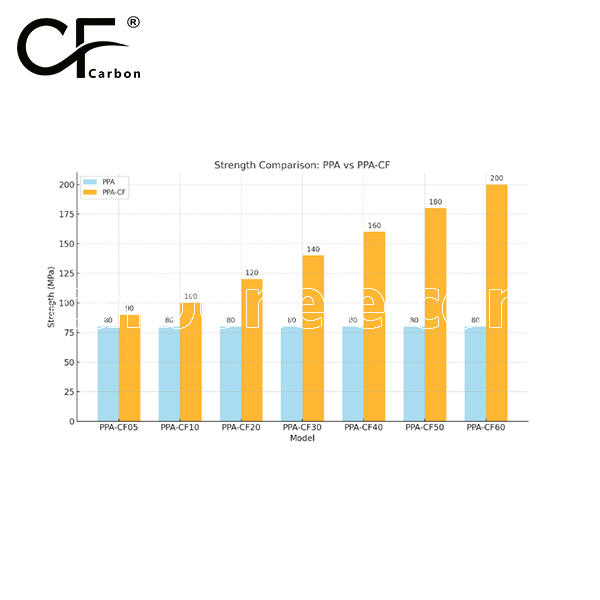
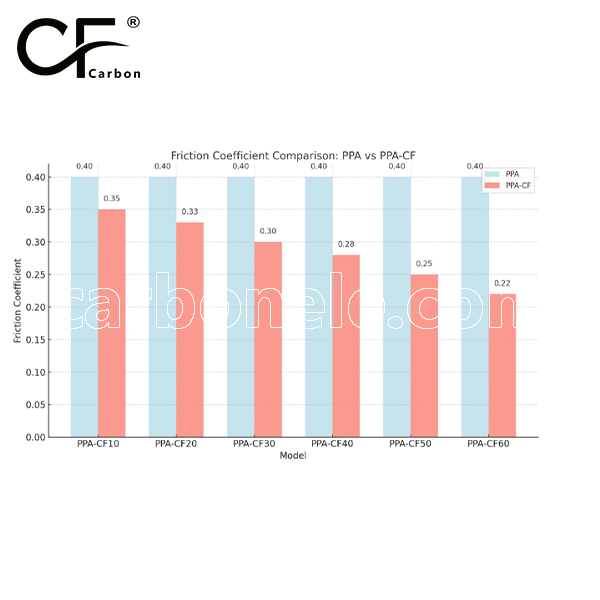

Frequently Asked Questions
Carbon (Xiamen) New Material Co., Ltd. aims to provide buyers with "one-stop" worry-free high-quality services. Here you can find all information about carbon fiber engineering plastics. If you still have questions, please send us an email for consultation!
-
How can I contact the manufacturer of a product that interests me?
When you find a product you are interested in, you can contact the manufacturer directly by sending an email and we will get back to you as soon as possible.
-
How do I find the products that interest me?
All you need to do is enter the keyword, product name in the search window and press the Enter key on your keyboard. Your search results page will then be displayed. You can also search within the product category pages on the home page. Each category is divided into subcategories, allowing you to refine your search and find products that interest you.
-
Where will I find a buying guide?
Please contact our after-sales service directly and we will provide you with a comprehensive operating guide.
-
What are CF Reinforced Thermoplastic Composites?
CF Reinforced Thermoplastic Composites are materials where carbon fibers are incorporated into a thermoplastic matrix. They combine the strength and stiffness of carbon fibers with the processability and recyclability of thermoplastics. For instance, they are used in automotive parts like bumper beams.
-
What are the benefits of CF Reinforced Thermoplastic Composites over traditional composites?
The key benefits include faster production cycles, easier recyclability, and better impact resistance. They also offer design flexibility. An example is in the manufacturing of consumer electronics casings where complex shapes can be achieved more easily.
-
How are CF Reinforced Thermoplastic Composites processed?
Common processing methods include injection molding, extrusion, and compression molding. Injection molding is widely used for mass production. For example, in the production of small components for the medical industry.
-
What industries use CF Reinforced Thermoplastic Composites?
They are utilized in aerospace, automotive, medical, and sports equipment industries. In aerospace, they can be found in interior components. In the medical field, they might be used in prosthetics.
-
How does the carbon fiber content affect the properties of the composites?
Higher carbon fiber content generally leads to increased strength and stiffness but may reduce ductility. A moderate content is often balanced for specific applications. For example, a higher content might be preferred in structural parts of a race car.
-
What are the challenges in using CF Reinforced Thermoplastic Composites?
Challenges include higher material costs, complex processing equipment requirements, and ensuring uniform fiber dispersion. Issues with adhesion between the fibers and the matrix can also arise. An example is in achieving consistent quality in large-scale production.







